Some animals have really long gestation periods to develop their embryo that makes the 9-month human pregnancy pale in comparison. Here are 7 animals with remarkably lengthy gestation periods!
Nine whole months is an awfully long time to compress an ever-bloating uterus into your body, but that is the beauty (pain?) of human gestation. Most mammals go through gestation and birth in a similar way to us humans. Not just mammals, but there are various species of reptiles, rays, fish, and even worms that are viviparous i.e. give birth to live young. However, all their developmental biologies are different and this leads to some surprisingly long gestation periods in these animals. From famous cases like elephants to lesser-known deep-sea creatures, here are seven animals with remarkably long gestation periods!
African Elephants: 22 months

That’s nearly two whole years of being pregnant! Elephants grow slowly and as a result, their metabolism and rate of decay are slower and they naturally live long. Thus, embryo development is slow and steady as well. As wild animals, they cannot be born helpless or underdeveloped (like humans, who cannot walk for up to a year), and need to be able to move around quite quickly. Therefore, elephants trade-off a long gestation period so they bear a well-developed infant.
Walrus: 15-16 months
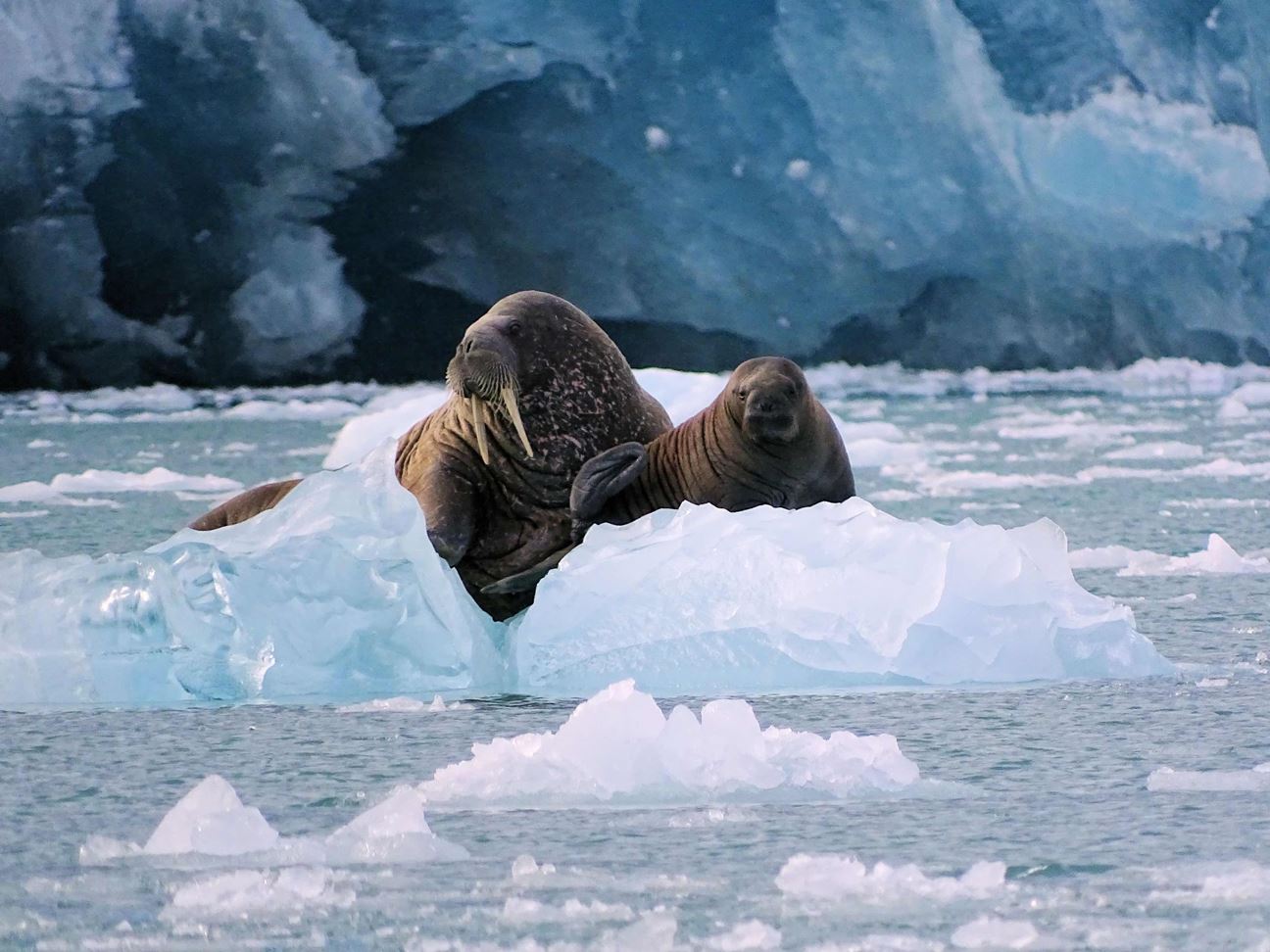
They have the longest gestation period of all pinnipeds. Since they dwell in the Artic, they require a large amount of blubber for the infant to survive. The infant is born with a high-fat percentage and a lower metabolic rate, and thus it has a larger gestation period. The milk consumed during the suckling phase has one of the highest fat percentages is all mammalian milk and ensures the walrus grows a good layer of blubber to shield it from the cold.
Orcas: 17 months
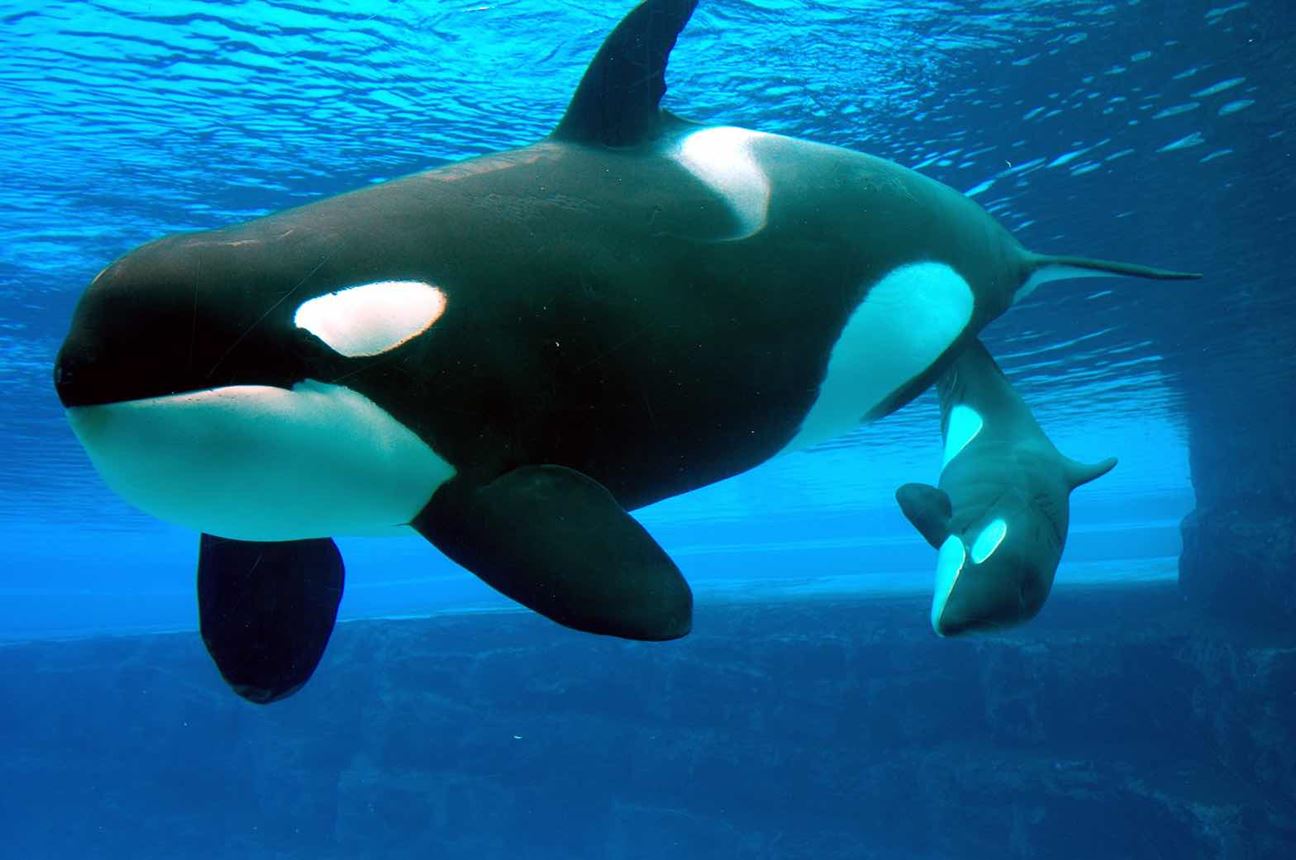
These mammals give birth to one calf at a time, on an average of every three to five years. They use the gestation period to grow well before they are birthed at an average of 8 feet in length and up to 160kgs in weight! Fun fact: The white pattern that is characteristic to orcas are usually off-white or yellow at birth and then change to white nearing adulthood.
Velvet Worm: 15 months
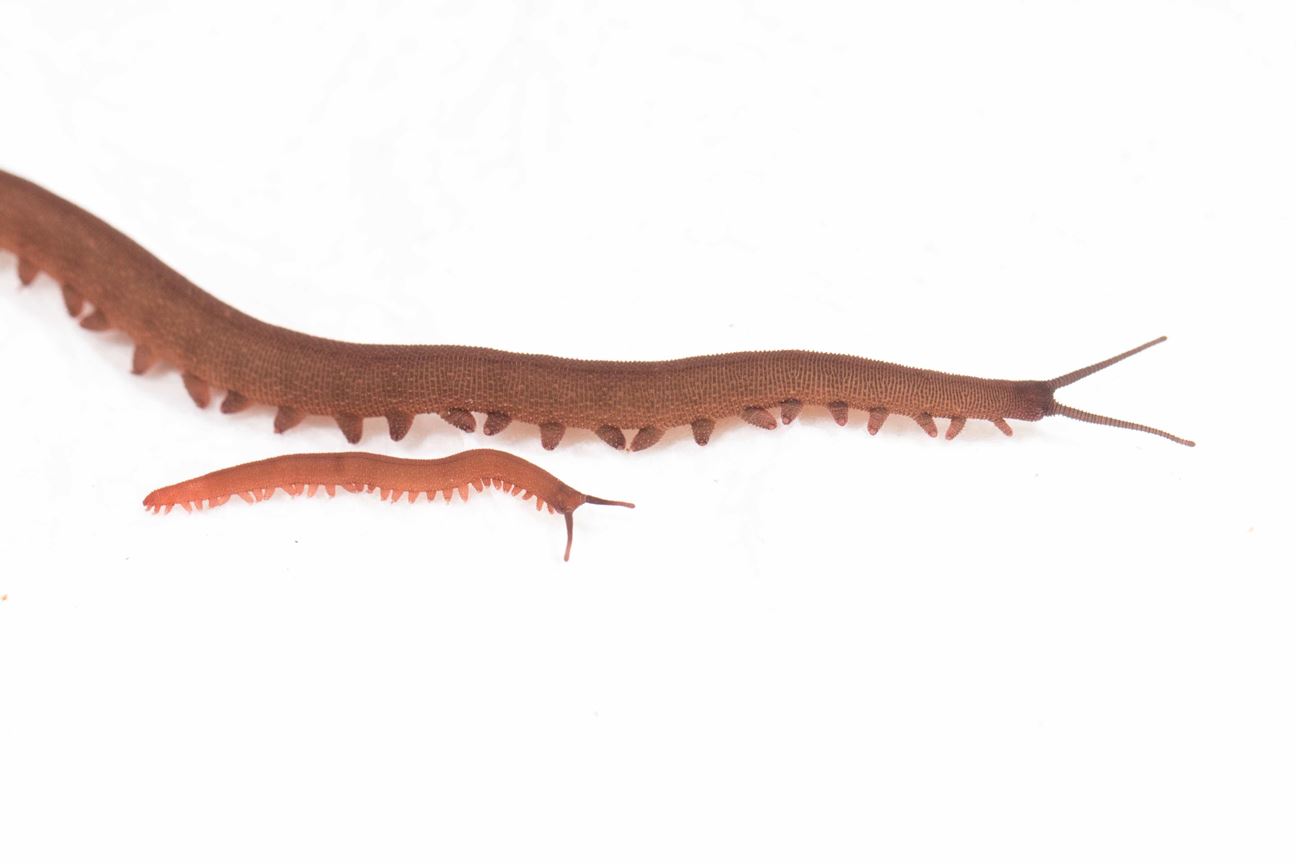
Velvet worms are fascinating, waterproof, and extremely adorable-looking little worms. Shockingly, these tiny viviparous and species of worms are pregnant for almost twice as long as humans. The young are born fully developed. Fun fact: Some female velvet worms can store sperm received during sexual reproduction for many months before using them to fertilise her eggs when the conditions are suitable.
Black Alpine Salamander: 2-3 years
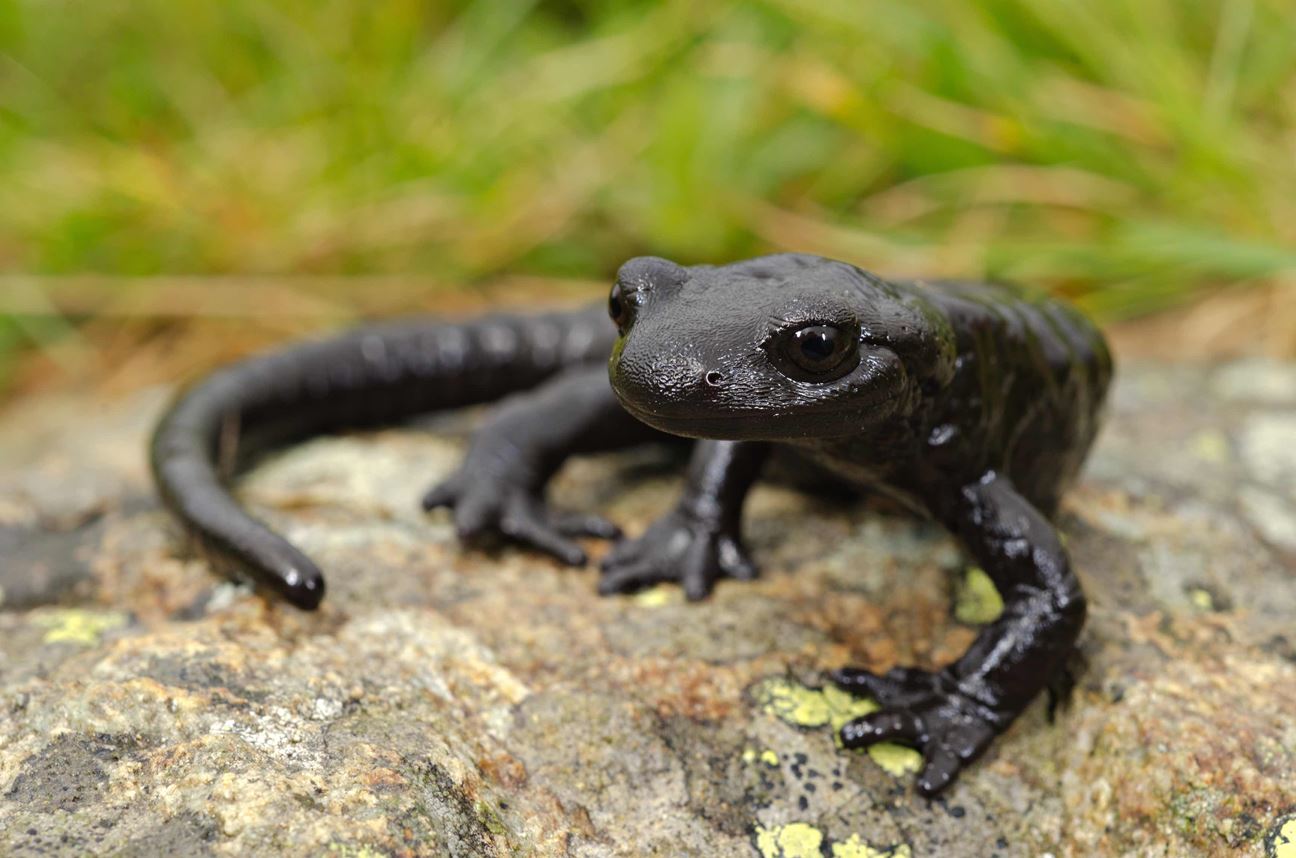
These beautiful amphibians live across the Alps and usually give birth to two live young at a time. Their gestation period varies according to what altitude they live at. The higher the altitude and lower the temperature, longer the gestation period. These amphibians have been known to live for up to 15-20 years!
Frilled Shark: 3.5 years
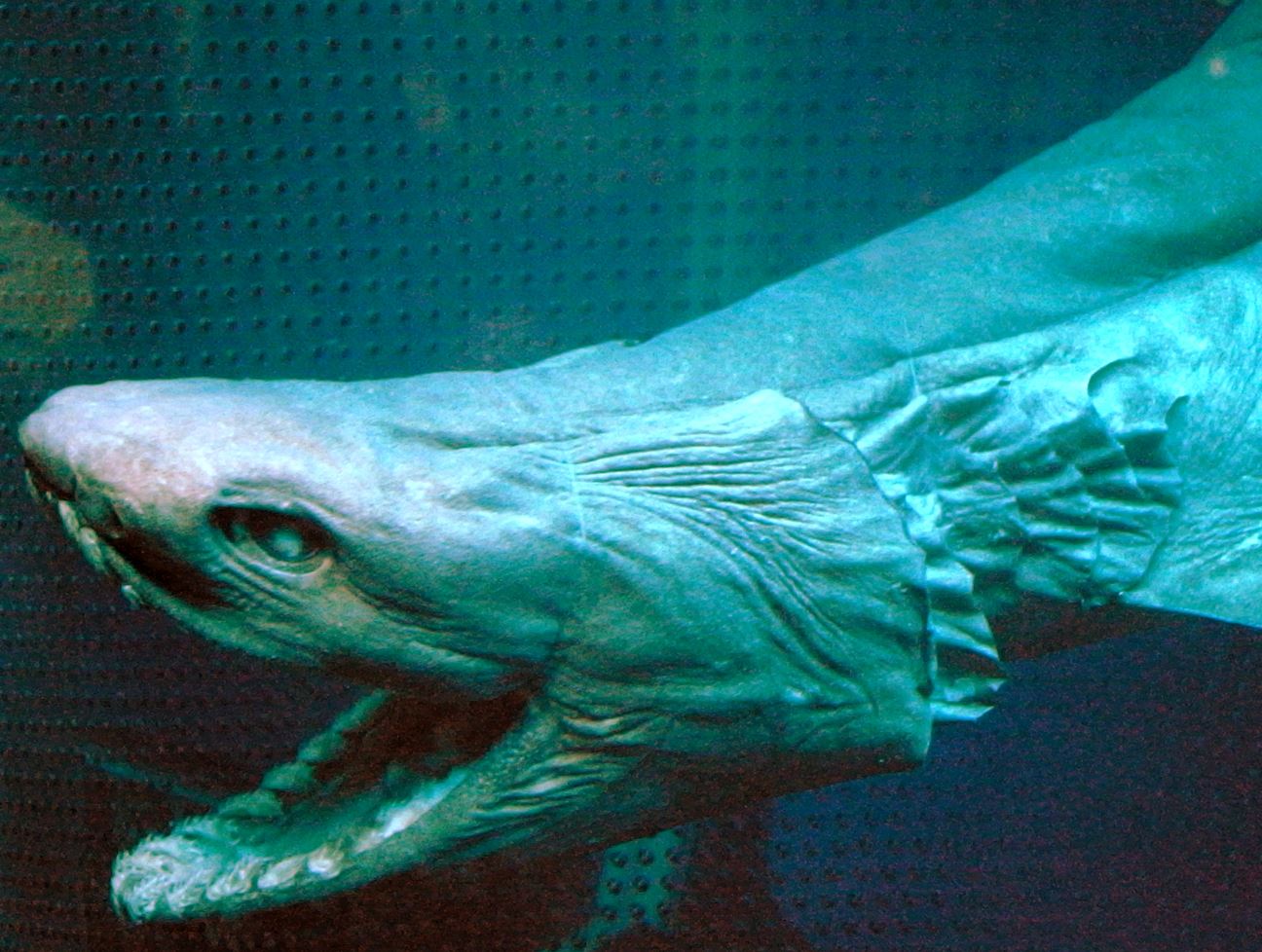
These strange-looking deep-sea sharks carry their young for a shocking 3.5 years! A study conducted into their fascinating gestation process showed that the female carries the embryos in eggs during most of the gestation period. During the later stages, the eggs hatch and the young emerge inside the uterus itself. After complete development inside the uterus, the female finally gives birth.
Graneledone boreopacifica: 4.5 years

The longest known period of pregnancy (brooding in this case) in the entire animal kingdom goes to one female deep-sea octopus that was observed hatching and brooding her eggs for a whopping 4.5 years. This is shocking as it’s longer than most octopuses live. Most octopus species brood their eggs for a few months and do not eat or consume anything during this whole period. This female Graneledone boreopacifica did not eat for the entire 4.5 years of gestation. You could enter university, graduate, get a job (hopefully), and this octopus would still be pregnant.
Gestation is fascinating because it is the first stage of development that determines every organ and every aspect of the biology of the animal. Most of the animals above that have a long gestation period are either deep sea or high altitude dwelling. Scientists have hypothesised that deep seas and higher altitudes, due to their lower temperatures, require these animals to have a lower metabolism, and thus their development and gestation periods are slow and long.